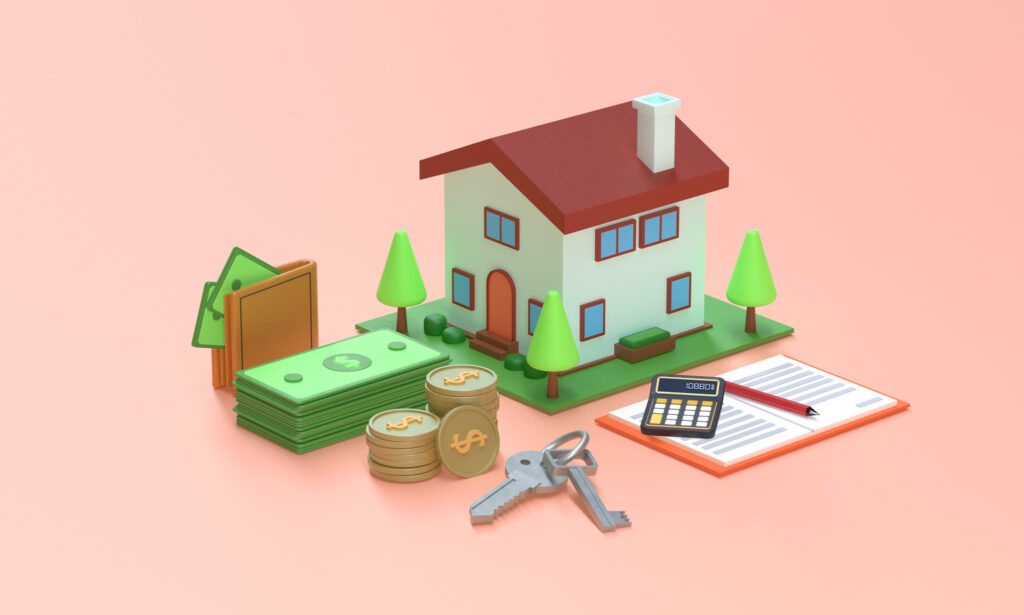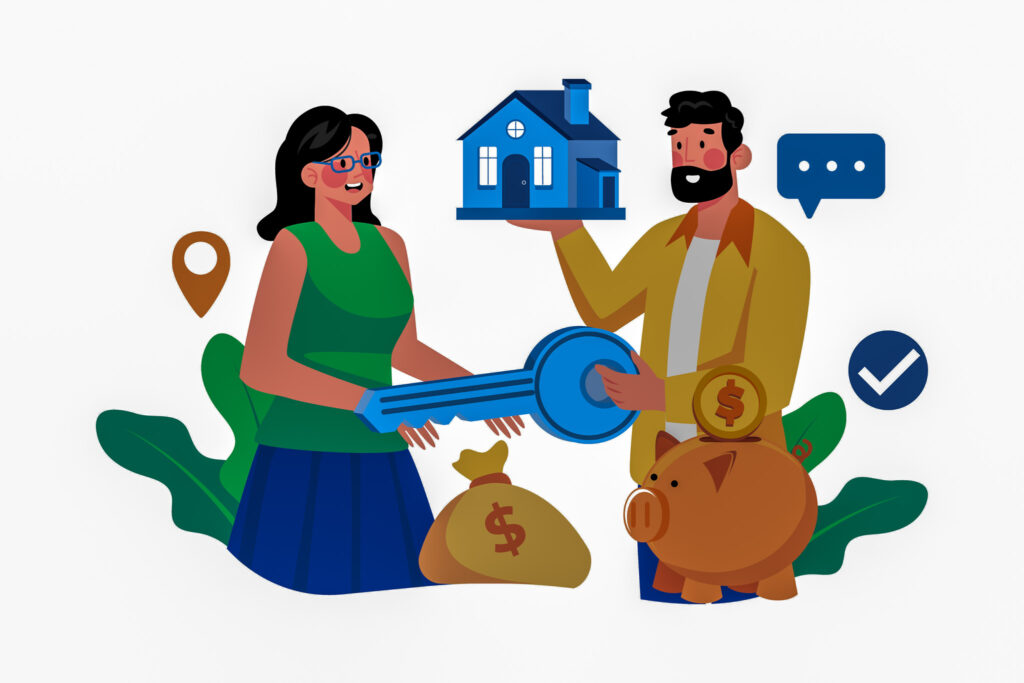How to Improve Your Credit Score for Better Mortgage Rates
When preparing to buy a home, one of the most critical financial aspects to consider is your credit score. A higher credit score can open the door to better mortgage rates, which can save you thousands—or even tens of thousands—of dollars over the life of your loan. Whether you’re just starting to build your credit […]
How to Improve Your Credit Score for Better Mortgage Rates Read More »











